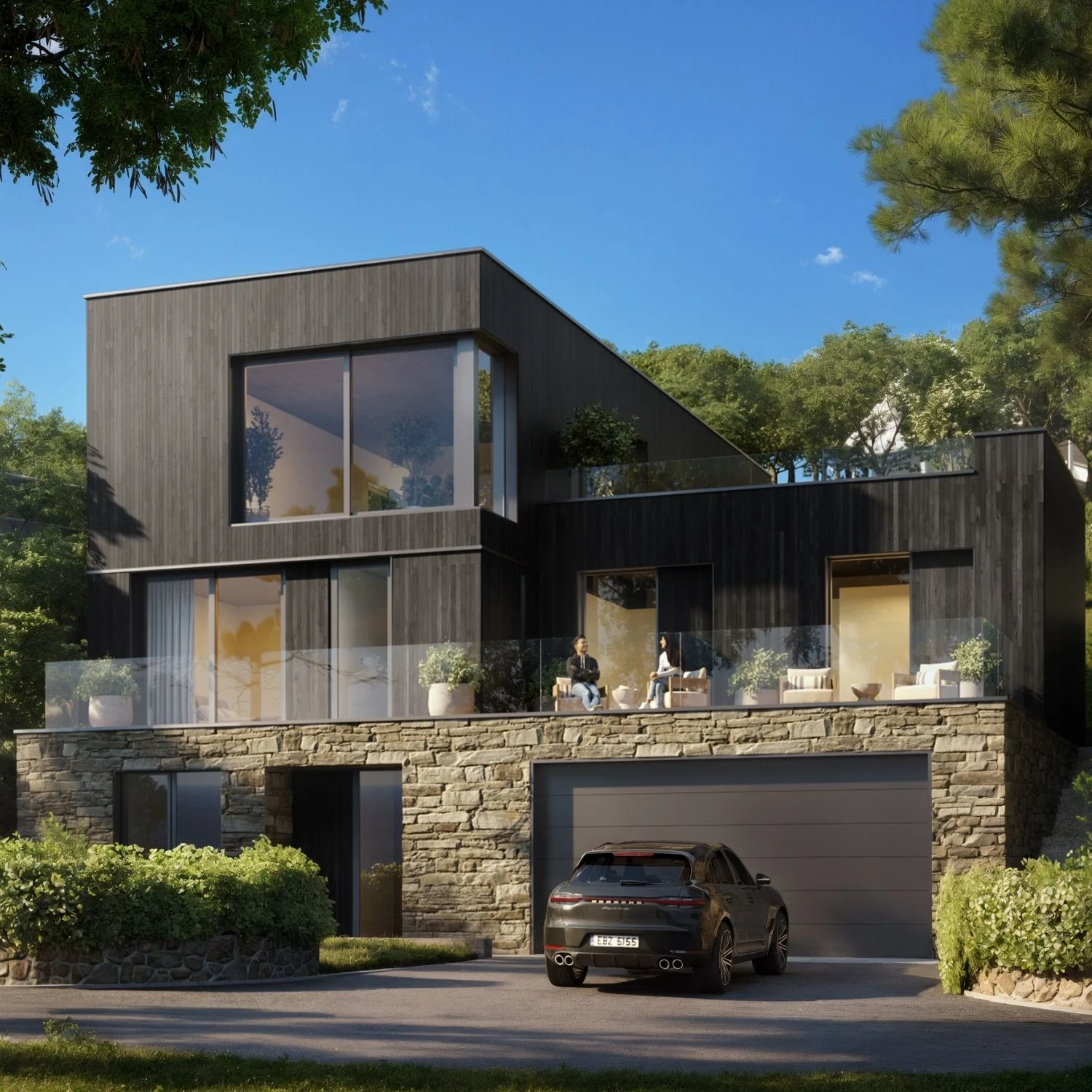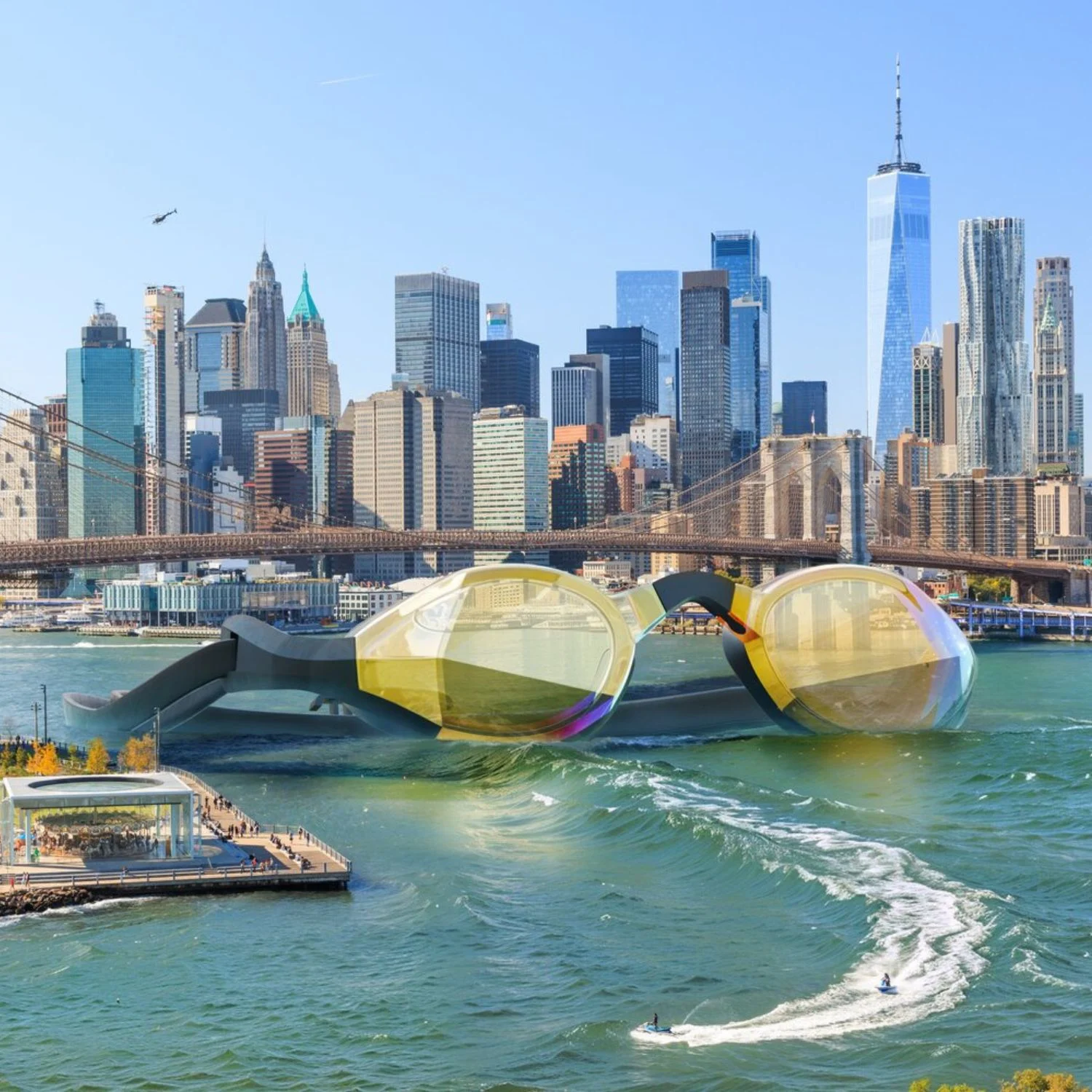3D Rendering vs 3D Modeling: What’s the Difference?
Discover the key differences between 3D rendering vs 3D modeling. Learn how each process shapes the creation of stunning digital visuals and their unique applications.

Two essential processes stand out in digital graphics: 3D rendering and 3D modeling. While they might seem similar at first glance, each plays a unique role in creating the stunning visuals we see in movies, video games, architecture, and product design.
Understanding the key differences between 3D modeling and rendering is crucial for anyone interested in digital art and design. Knowing how these processes work and what they are used for can help you appreciate the fantastic technology behind your favorite digital visuals and even guide you if you want to dive into this exciting field yourself.
In this blog post, we’ll explore what 3D modeling and rendering are, how they differ, and why it’s important to distinguish between the two. Whether you’re a curious beginner or looking to deepen your knowledge, this guide will provide a clear and simple understanding of these fascinating processes.
Understanding 3D Modeling
3D modeling is creating a three-dimensional representation of any object or surface. These models are built using specialized software that allows designers to shape and manipulate points in virtual space, forming a detailed digital version of the object.
The process of 3D modeling involves several key steps:
- Conceptualization: Starting with an idea or sketch.
- Wireframing: Creating a basic outline or skeleton of the model.
- Detailed Modeling: Adding intricate details and refining the shape.
- Texturing: Applying colors, patterns, and textures to make the model look more realistic.
This process can vary depending on the complexity of the model and the software being used, but these steps provide a general framework for creating 3D model renders.
Several powerful tools and modeling software are commonly used in 3D modeling:
- Blender: A free, open-source program famous for its versatility.
- Autodesk Maya: A professional-grade software widely used in film and game development.
- ZBrush: Known for its advanced sculpting and texturing capabilities.
- SketchUp: User-friendly software often used in architectural design.
Each tool offers unique features that suit different projects and users. 3D modeling is used in a variety of fields, including:
- Character Design: Creating detailed characters for video games, movies, and animations.
- Architectural Models: Designing buildings and structures to visualize architectural plans.
- Product Design: Developing prototypes and models of new products for manufacturing.
- Medical Imaging: Creating detailed models of organs and body parts for medical training and simulations.
By understanding 3D model rendering, you can see how this process is foundational in bringing digital concepts to life, whether a new video game hero or a futuristic building or interior design.
.webp)
Exploring 3D Rendering
3D image rendering converts a 3D model into a 2D image or animation. This step brings the detailed 3D models to life with realistic lighting, shadows, textures, and effects, making the final image or animated model look as lifelike as possible.
The 3D rendering process includes several key stages:
- Scene Setup: Placing the 3D models in a scene, including lights and cameras.
- Materials and Texturing: Applying materials to the models to give them realistic textures.
- Lighting: Setting up lights to create the desired mood and effects.
- Rendering: Using software to process the scene and generate the final 2D image or animation.
- Post-processing: Adding final touches such as color correction, effects, and enhancements to perfect the 3D graphics.
This process transforms the raw 3D model into a polished, visually appealing result.
Several advanced tools and software are commonly used in 3D rendering:
- Autodesk 3ds Max: A powerful computer generated imagery software widely used in games, films, and visualization.
- Cinema 4D: Known for its ease of use and integration with other design tools.
- V-Ray: A popular rendering engine for realistic visual effects and architectural visualization.
- Blender: Besides modeling, Blender also offers robust rendering capabilities.
These tools help artists and designers create photorealistic rendering with high levels of detail and realism.
3D rendering is utilized in many fields, including:
- Visual Effects (VFX): Creating lifelike effects in movies and TV shows, such as explosions, weather effects, and fantastical creatures.
- Product Visualization: Showing detailed, photorealistic images of products for marketing and advertising before they are manufactured.
- Architectural Visualization: Producing lifelike images of buildings and interiors to help clients visualize spaces before they are built.
- Virtual Reality (VR) and Augmented Reality (AR): Creating immersive environments and experiences for VR and AR applications.
By understanding 3D rendering, you can appreciate how this process adds the finishing touches to digital models, making them look as realistic and engaging as possible.
.webp)
Key Differences: 3D Rendering vs. 3D Modeling
Understanding the purpose and end goals of 3D modeling and 3D rendering is crucial to grasping their distinct roles in the creation accurate representation of digital visuals. Each process serves a unique function and aims to achieve different outcomes in digital art and 3D design workflow.
3D Modeling:
- Purpose: The primary purpose of 3D modeling is to represent an object or scene digitally. This involves designing and structuring the object’s shape, form, and details.
- End Goals: The goal is to produce a detailed, accurate 3D model that can be used in various applications, such as animation, simulation, or further rendering.
- Process: Involves creating a wireframe structure, refining shapes, and adding intricate details and textures. It may also include sculpting and manipulating polygons or using procedural generation techniques.
- Techniques: Common techniques include box modeling, extrusion, and digital sculpting. Tools like Blender, Maya, and ZBrush are often used.
- Skills: This position requires spatial awareness, artistic skills, and proficiency with 3D modeling software. Knowledge of anatomy, architecture, or mechanical design can be beneficial, depending on the application.
- Focus: Emphasis on creativity, precision, and the ability to visualize and construct detailed 3D structures.
- Output: The output is a 3D model file, which can be used in various applications such as animation, simulation, or further rendering.
- Deliverables: Deliverables include the 3D model itself, which textures and materials may accompany.
3D Rendering:
- Purpose: The primary purpose of 3D rendering is to convert 3D models into 2D images or animations with realistic lighting, textures, and effects.
- End Goals: The goal is to produce a visually compelling and realistic final image or animation that can be used in presentations, marketing, visual effects, or interactive media.
- Process: Involves setting up the scene, applying textures and materials, configuring lights, and using a rendering engine to generate the final image. Post-processing may also be applied for enhancements.
- Techniques: Techniques include ray tracing, rasterization, and global illumination. Software like V-Ray, Cinema 4D, and 3ds Max are commonly used.
- Skills: Requires an understanding of lighting, color theory, and material properties. Proficiency with rendering software and post-processing tools is essential.
- Focus: Emphasis on realism, visual appeal, and the ability to create images accurately representing 3D models.
- Output: The output is a 2D image or animation visually representing the 3D model.
- Deliverables: Deliverables include high-quality realistic images or animations, often accompanied by additional visual assets like lighting setups and material settings.
By understanding these fundamental differences, you can better appreciate how 3D modeling and 3D rendering contribute uniquely from different angles to creating stunning digital visuals.

Practical Applications of 3D Modeling and 3D Rendering
3D Modeling Project Example
PIXREADY created a 3D model of a coastal one-seater furniture piece for e-commerce purposes. Using advanced 3D modeling software, the team meticulously captured the chair’s design and texture. This virtual model provided a foundation for the furniture manufacturer to explore enhanced visualization opportunities. From this 3D model, 360-degree interactive views were produced, allowing customers to inspect every detail closely. These visuals enriched the online shopping experience, helping potential buyers appreciate the chair’s craftsmanship.
3D Rendering Project Example
In contrast, 3D rendering transforms these models into realistic images. PIXREADY’s rendering expertise was essential in visualizing the furniture and capturing the brand’s essence. The team created immersive visuals, applying advanced lighting to show the seater in lifestyle settings. These lifestyle images were crucial in marketing, helping potential buyers envision the furniture in actual three dimensional space before purchasing.

Choosing the Right Approach for Your Project to Create Realistic Images
When embarking on a digital visualization project, understanding whether to prioritize 3D modeling vs 3D rendering depends on several key factors. Here are some considerations to help you decide which approach best suits your project needs:
Factors to Consider When Deciding Between 3D Modeling and 3D Rendering
- Project Stage:
- 3D Modeling: Ideal for initial stages when creating the foundational structure and details of the object or environment.
- 3D Rendering: Appropriate for later stages when you need to visualize the final look and feel with realistic lighting, textures, and effects.
- Purpose of Visualization:
- 3D Modeling: Used to create accurate models for planning, prototyping, or simulation purposes.
- 3D Rendering: Used for creating compelling visuals for marketing, presentations, or artistic expression.
- Time and Resources:
- 3D Modeling: Generally requires more time for creating detailed models and refining designs.
- 3D Rendering: Involves additional time for setting up scenes, configuring lighting, and rendering high-quality images or animations.
Tips for Determining the Right Approach Based on Project Goals
- Define Project Objectives: Clearly outline what you aim to achieve with the visual representation—precise modeling for technical accuracy or stunning visuals for promotional purposes.
- Consider Audience: Understand who will be viewing the final output and what level of detail and realism is necessary to convey your message effectively.
- Consult with Experts: Collaborate with 3D artists or agencies like PIXREADY, specializing in modeling and rendering. They can provide insights and recommendations tailored to your project requirements.
By carefully evaluating these factors and tips, you can make an informed decision about whether to prioritize 3D modeling, 3D rendering, or a combination of both approaches to effectively achieve your project goals.
Unlock the Full Potential of 3D Modeling and Rendering with PIXREADY
In this blog post, we’ve explored the fundamental differences between 3D modeling and rendering, highlighting their unique roles in digital visualization:
- 3D Modeling involves creating digital representations of objects or environments, focusing on structure and detail.
- 3D Rendering transforms these models into realistic 2D images or animations, emphasizing lighting, textures, and effects to enhance visual appeal.
Understanding the distinction between these processes is crucial for anyone involved in digital art, design, or marketing. Whether you’re a beginner exploring the world of 3D graphics or a seasoned professional looking to enhance your skills, grasping these concepts opens up new possibilities for creating captivating visuals.
At PIXREADY, we specialize in 3D modeling and rendering services, offering tailored solutions to bring your ideas to life. Whether you need precise models for architectural planning or stunning visualizations for marketing campaigns, we’re here to assist you every step of the way.
Explore the endless creative potential of 3D modeling and rendering with PIXREADY and discover how these powerful tools can elevate your projects to new heights of visual excellence.

Lily specializes in guiding clients through complex 3D modeling projects, helping them transform product ideas into detailed and accurate visualizations. She has a strong understanding of 3D configurators and how they empower brands to offer interactive, customizable experiences for their customers. By combining technical insight with a client-focused approach, Lily ensures every project is both visually impressive and strategically valuable.
Latest Posts
STAY UPDATED
Get occasional emails with 3D visualization news and insights


%20%D0%BA%D0%BE%D0%BF%D1%96%D1%8F.webp)